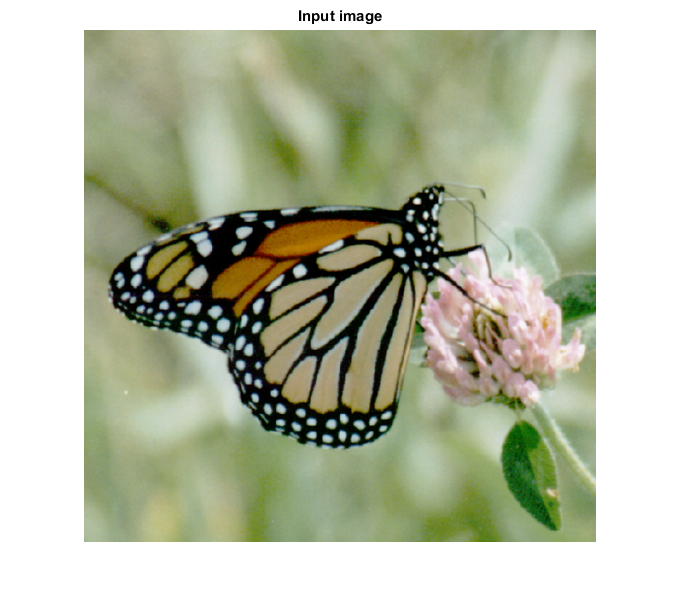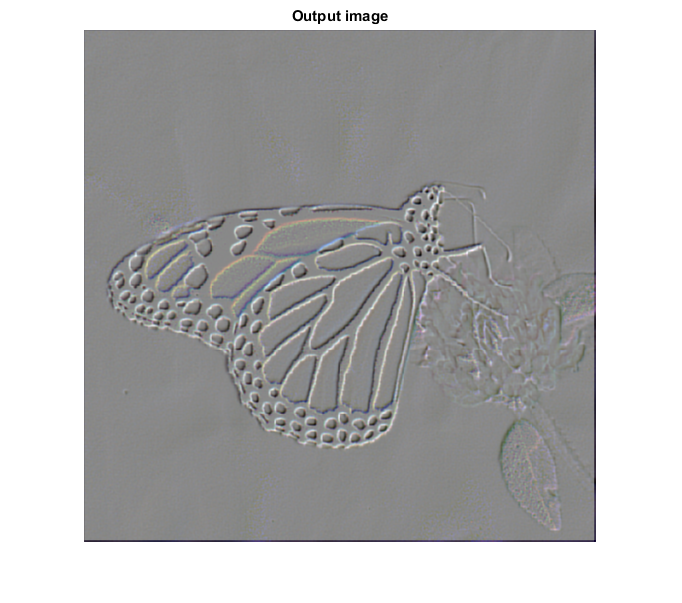LAPLACIAN_GAUSS_ED_CVIP
laplacian_gauss_ed_cvip() - laplacian_gauss is an edge detector.
Contents
SYNTAX
[ I ] = laplacian_gauss_ed_cvip( input_image, std, method )
Input Parameters include:
- input_image - A multibad input image.
- std - The Standard Deviation of the Gaussian blur kernel. the size of the gaussian is related to std by: size = 4*std Thus we have 2 standard deviation of the gaussian inside the kernel.
- method - integer values of 1-4. Representing different laplacian masks.
1) Laplace = [0 -1 0;
-1 4 -1;
0 -1 0]; 2) Laplace = [-2 1 -2;
1 4 1;
-2 1 -2]; 3) Laplace = [-1 -1 -1;
-1 8 -1;
-1 -1 -1];
4) LoG equation --> Mexican hatoutput parameters include:
- I - Edge detected Image.
DESCRIPTION
The laplacian Gauss edge detector or the Mexican hat operator is an edge detector that smoothens the image to mitigate any noise effects and at the same time enhances the edges in an image. This function implements the Laplacian Gauss edge detector by convolving the input image by the Laplaician masks specified by the user. The three laplacian masks described represent various practical approximations and these masks are rotationally symmetric,or isotropic which means edges at all orientations contribute to the result.
REFERENCE
1. Scott E Umbaugh. DIGITAL IMAGE PROCESSING AND ANALYSIS: Applications with MATLAB and CVIPtools, 3rd Edition.
EXAMPLE
% Read image input_image = imread('butterfly.tif'); % Standard deviation std = 1; % Method method = 4; % Calling function [ I ] = laplacian_gauss_ed_cvip( input_image, std , method); % Display input image figure;imshow(input_image);title('Input image'); % Display output image figure; imshow(hist_stretch_cvip(I,0,1,0,0),[]);title('Output image');


CREDITS
Author: Mehrdad Alvandipour, July 2017
Copyright © 2017-2018 Scott
E Umbaugh
For updates visit CVIP Toolbox Website